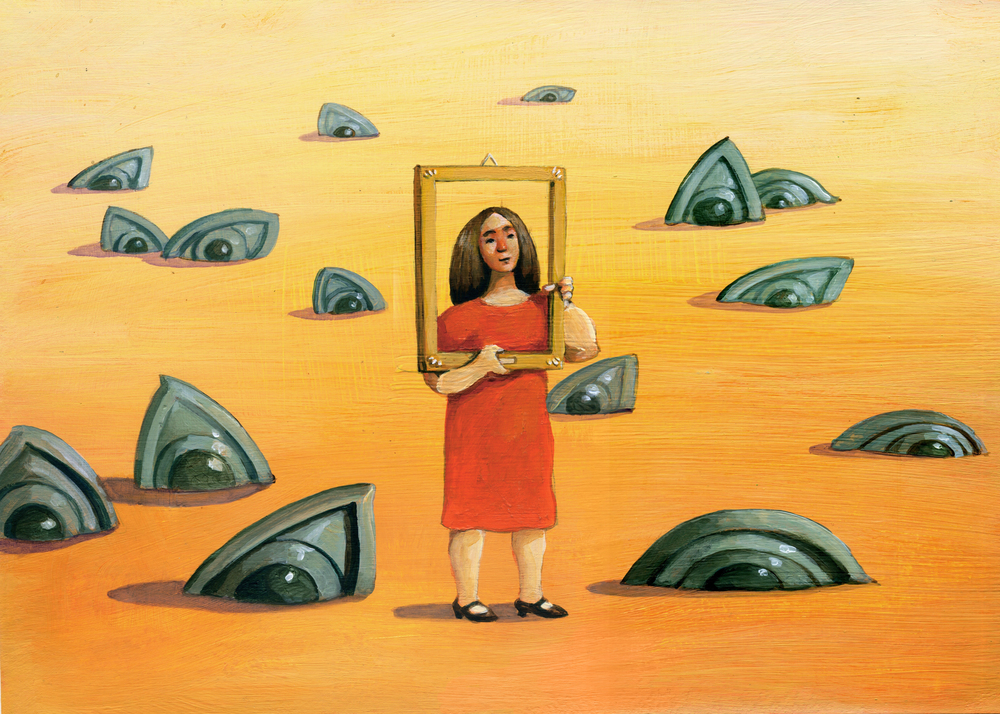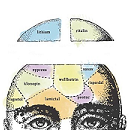The debate around psychiatric euthanasia is among the most ethically and philosophically complex issues in mental health. Some see it as an act of compassion and bodily autonomy, while others view it as an unacceptable extension of psychiatric power that risks legitimizing and institutionalizing death as a “treatment” for suffering. The conversation has become even more urgent as some countries, including Canada, have expanded medical assistance in dying (MAID) to include psychiatric patients, even when death is not imminent.
A new article in Psychodynamic Psychiatry complicates the conversation further. Titled “Who’s Afraid of Murderous Rage? When Euthanasia Colludes with Self-Destructiveness,” authors Ardalan Najjarkakhaki, Jon Frederickson, and Gerrie Bloothoofd argue that psychiatric euthanasia risks becoming an unconscious enactment of trauma rather than a genuine resolution of suffering. Drawing from psychodynamic theory, the authors explore how transference and countertransference may lead clinicians to collude—often unknowingly—with their patients’ self-destructive impulses.
“The patient’s wish to die always involves a relationship with the clinician, a schema, or an unconscious transference. This evokes conscious and unconscious transference and countertransference feelings that can direct the assessment. The therapist can rationalize that they are eliminating the chronic unbearable suffering of a ‘treatment-resistant’ patient through death. Meanwhile, they may be acting out their own unconscious countertransference feelings. When treatment models do not systematically analyze unconscious transference, countertransference, and enactments, the assessment may enact rather than resolve the patient’s conflicts, failing to address the underlying psychological issues.”
This research challenges the assumption that psychiatric euthanasia is a purely medical or ethical issue, exposing how unconscious dynamics between clinicians and patients can shape life-and-death decisions in ways that reinforce trauma rather than resolve it. By questioning whether suicidality is being treated as a symptom to be understood or a request to be granted, it calls attention to the broader implications of how psychiatry conceptualizes suffering, agency, and care. In a mental health landscape where coercion is often masked as compassion and where systemic failures are rebranded as “treatment resistance,” this analysis urges a deeper reckoning with the power structures and psychological entanglements at play in psychiatric decision-making.
















That described article is an affront. I am 71 years old and have lived with manic depressive illness all my life, with the first disruptive occurrence rolling in at age 17. After a lifetime of “treatment” (from amytriptiline in the 1970’s through the MAOI’s, SSRI’s, SNRI’s, antipsychotics, “mood stabilizers,” support groups, psychotherapy, ECT, TMS, ketamine, healthy habits, over 15 hospitalizations, a stay at a psyc “retreat” facility, forays into religion) I have not been able to improve the quality of my life and now experience occurrences with increasing frequency. Why can’t I consider suicide, during the periods when my thinking is not disordered?
Also, the business about “transference” is laughable. Psychiatric providers now offer brief online appointments almost exclusively in the city where I live. What or who is there to transfer to anyhow? The image of a near stranger on a screen?
We put suffering animals down and say it’s for the best. We don’t deny that the animal is seriously unwell. We don’t arrest the veterinarian or demand that he or she produce a healing treatment when there is no healing treatment available. But for people with lifelong serious, chronic disorders of the mind, we offer no options to end the suffering.
”
Just for grins, check out this tidbit from an October 2024 Lancet article: “Globally, approximately 15–20% of people with bipolar disorder die by suicide, with 30–60% making at least one attempt, and these attempts use more lethal means than attempts among the general population.” It seems to me that assisted suicide is a highly preferable option over DIY.
Report comment
No one is stopping you considering suicide. The article states the provider must try harder to help the severely distressed. It is all our jobs to research what helps and what does not. Most of the things you have tried have more success than placebo and some are known to harm.
Some people are a lot harder to help than others but that does not mean the incentive to try to improve outcomes should not be there.
Report comment
Right in time as I process the abuse and utter neglect of mown psychiatric “journey”. At some point I seriously googled and though about euthanasia. It’s legal where I am (Belgium), and I was in such suffering, it seemed like the only way out. From memory really, you just needed 3 psychs to agree on your case.
Now, the real reason I was in main is of course abuse, trauma etc that the psychs never heard despite the fact that I was screaming my pain at them only to be dismissed with pills, stupidity, etc. Some of them were apparently ‘traumapsychologist’. oh ok.
Well, I am not dead and recovering, I guess, I hope. Found the one gifted psychologist in town that believes and understand the depth of what happened.
But back to euthanasia. A few weeks ago, I found an article that was apparently tagged under “psych survivor” in my town. About Shanti De Corte, young belgian person who was a victim of the Brussel’s terrorist attacks in 2016, and who “opted” for euthanasia in 2022. The article is appalling. It’s very obvious to me according to her words that she was thrown into the psych system, after a visit to a doctor fir her hearing issues, who diagnosed her with ptsd and got her immediatly hospitalized. She said ‘I was shocked as I haven’t realized I was doing so bad’, later ‘i take lot of medication at lunch. I also have 10 or 11 antidepressants a day. I couldn’t go on without them’, ‘maybe they were others solutions’ . And so much more. She left this world at 23 years old. And I can’t stop thinking, what if. What if I hadnt been inducted too. What if I wasnt abused for years on top of my trauma, when ALL I EVER WANTED was to heal, to be heard. What if? My initial ‘extreme state’ that propelled le into psych hell happened in 2017, and terrorism has been a redundant theme. Because duh. The times we live in. But what uf? I’m smart, I’m resilient, I have insights on the subject of trauma. What if. I wasn’t kept a captor for years.
In any case, this was a severe punch in the gut for me. Like. No more. Need to rise from this. People have to realize. What’s happening. At the end of the day I do believe we are all connected, and this is a poignant reminder for me. Love you Shanti
Report comment
Could this transference be the reason that there is such resistance to psychological help on the part of those euthanasia enthusiasts who push for death for the mentally ill? They don’t want to talk about it because then it would reveal their own shortcomings and create doubt. I’ve never seen a euthanasia enthusiast who wasn’t certain death was the perfect answer to all suffering everywhere all the time…. That’s transference writ large. And yet I’ve never seen it mentioned till the article above. That itself seems important…
Report comment
Although this article provides an interesting twist on publicly assisted suicide, it is really not all that complicated. In my opinion, it is about the mainstream producing or increasing emotional pain and trauma throughout one’s life, and then providing the “final solution.” Much like the Nazis, the current drive towards international technocratic transhumanism is pushed by the small number of elite families who control the world.
Report comment
This article is interesting in some respects, because of the imagery etc. but…
I think focusing on psychodynamic imagery is more obfuscation than anything else. Psychiatry tends to destroy human beings and the suicide of people/patients is one of many ways this happens.
The psych drugs are often lethal when used as directed especially when dealing with multi drug cocktails. This is assuming that the individual is a so called voluntary patient and that they haven’t been injected with a depot version of a neuroleptic. Or they could be taking drugs by court order or as a term of probation or parole…on and on.
Suicide should be a civil right. I write this as someone who chooses to continue living and who has tried to provide the support to help others choose to continue living.
I think medically assisted suicide speaks volumes about our culture of death and darkness, especially in psychiatric cases.
Report comment
Very thought-provoking article and discussion.
Report comment